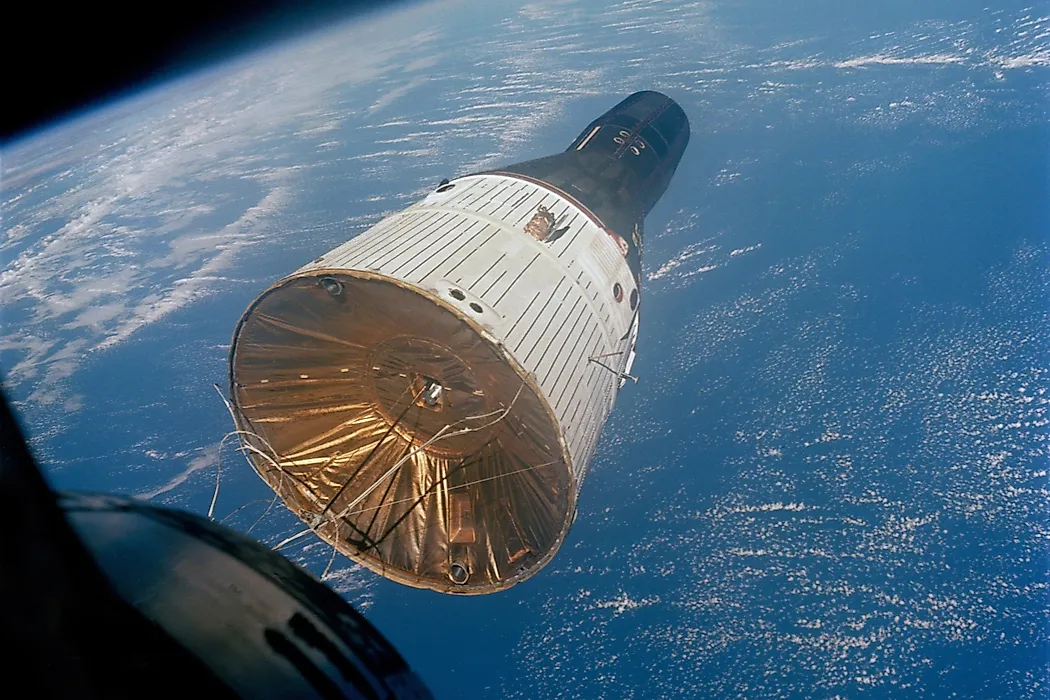What Was Project Gemini?

Project Gemini was the second US human spaceflight program conducted by NASA between 1961 and 1966. The project was introduced after Project Mercury and was followed by Project Apollo. Also part of the Space Race against the Soviet Union, Project Gemini involved a series of low Earth orbit missions and was intended to help develop spaceflight techniques that could be used for a moon landing in the Apollo missions. The missions conducted in the Gemini program were long enough for a trip to and from the moon. The project was considered robust enough that the US Air Force planned to use it for the Manned Orbit Laboratory (MOL) a program, although the program was later abandoned. The Gemini capsule was designed by Jim Chamberlin, who believed the spacecraft could fly in lunar operations before Project Apollo and at an even lower cost.
Objectives of Project Gemini
Prior to Project Gemini, NASA had limited experience in space. Although Project Mercury had proved that humans could reach space, NASA’s still needed further experience. Therefore, there was a need for a follow-up to Project Mercury to help in the development of certain spaceflight features that would later support Apollo. NASA needed to a better understanding of how astronauts and equipment can handle missions that were longer in length (up to two weeks) and how astronauts could perform outside of the spacecraft, which is referred to as Extravehicular Activity (EVA). It was also important to learn how two spacecraft could rendezvous and dock while in space. A successful mission to the moon would require these activities, but NASA had not performed them before. In February 1961, Jim Chamberlin was assigned the task of working on a bridge program between Mercury and Apollo.
Astronauts
Project Gemini was supported by several astronaut corps including "The New Nine", "Mercury Seven", and NASA's class of 1963 astronauts. The space capsules carried two-astronaut crews and were launched from Launch Complex 19 at Florida's Cape Kennedy Air Force Station (CCAFS). The New Nine were selected by NASA in September 1962 to manage the challenging task of rendezvous and lunar landing. Known as NASA's Astronaut Group 2, the New Nine team included members with advanced degrees in engineering and experience as test pilots. These group members included Neil Armstrong and Elliot See, who were both civilians, Frank Borman, Charles Conrad, Jim Lovell, James McDivitt, Thomas Stafford, Ed White, and John Young.
Spacecraft
McDonnell Aircraft, which had constructed the Project Mercury capsule, was selected by NASA in 1961 to build the Gemini capsule. The first spacecraft was delivered in 1963. It was 5.61 meters long and 3 meters wide, and had a launch weight that varied between 7,100 and 8,350 pounds. The crew capsule, known as the Reentry Module, was an enlarged version of the Mercury crew capsule. Behind the Reentry Module was the Adapter Module, which was divided into retro and equipment modules. Oxygen, electrical power, water, and the propulsion system were all located in the Adapter Module. The Gemini spacecraft and project were named after the constellation Gemini, which is a Latin word for "twin." The name was used because the Gemini capsule could carry two people, unlike the Mercury capsule, which carried only one astronaut.











